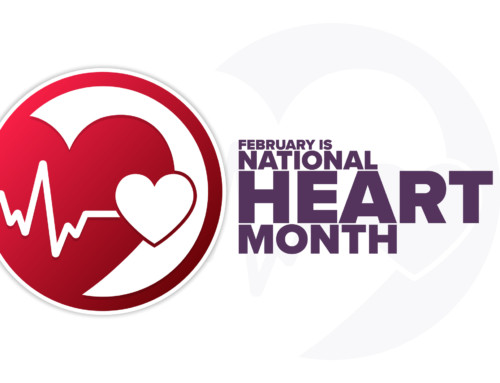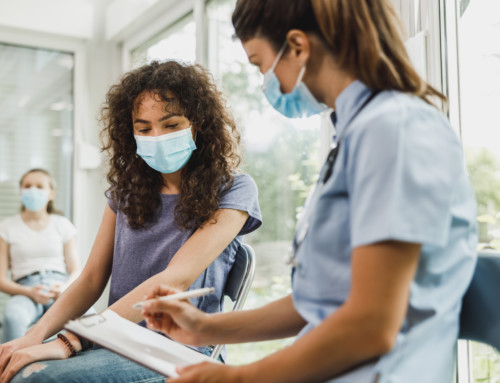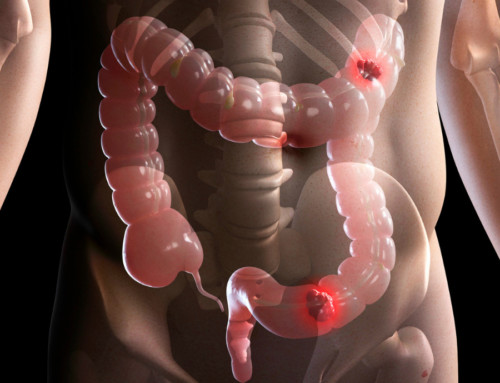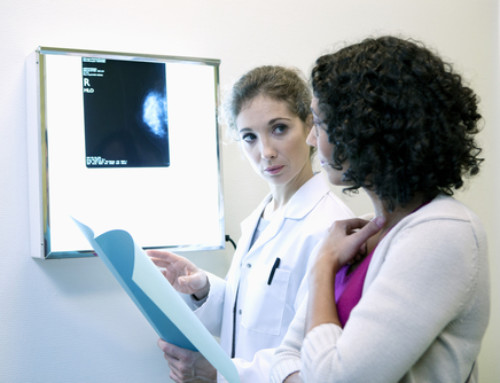Each year, over 190,000 individuals are diagnosed with breast cancer. Breast cancer is often found after symptoms appear, but can also appear without symptoms. This is why routine breast cancer screenings and self-examinations are an important part of protecting your health.

Share This Infographic On Your Site
Age <40
Risk Factors
- Roughly 10 – 15% of breast cancers occur in women younger than 45.
- Some inherited genetic mutations such as the BRCA1 and BRCA2 genes may make some individuals more susceptible to developing breast cancer. Carrying these genetic mutations will increase your risk factor throughout your life.
How to Protect Your Health
Familiarize yourself with how your breasts look and feel, perform self-examinations regularly, and notify your healthcare provider of any changes.
Age 40
Risk Factors
- Using oral contraceptives within the past 10 years may increase the risk of developing breast cancer. Discontinuing use decreases this risk over time.
- Women who have had radiation therapy to treat cancer in the chest area have a significantly higher risk of developing breast cancer.
How to Protect Your Health
Talk to your doctor about beginning yearly mammograms now.
Age 45
Risk Factors
- A family history of breast cancer may double the risk, especially if a mother, sister, or daughter has or has had breast cancer.
- Some benign, non-cancerous breast conditions may increase the risk of breast cancer.
How to Protect Your Health
Continue visiting your doctor yearly for mammograms, and continue performing self-examinations.
Age 50
Risk Factors
Factors that may put women at a higher risk for developing breast cancer include:
- Obesity
- A sedentary lifestyle
- Drinking heavily
- Having high breast density
How to Protect Your Health
Continue your yearly mammogram screenings and self-exams.
Age 55
Risk Factors
- Women who started menstruation early (before the age of 12) or experience menopause late (after age 55) have a slightly higher risk of breast cancer.
- Use of diethylstilbestrol, a drug commonly used in 1940 to 1971 to prevent miscarriage, may slightly increase the risk of breast cancer.
How to Protect Your Health
Continue your yearly mammogram screenings and self-exams. Talk to your doctor about your medical history, including any medications taken in the past.
Age 55+
Risk Factors
-
Women over 60 are more likely to be diagnosed with breast cancer.
- Although much more common in women, men can also be diagnosed with breast cancer.
How to Protect Your Health
Continue routine screenings every year, and continue self-examinations.





